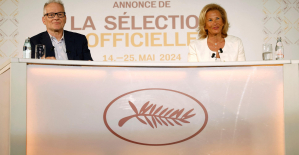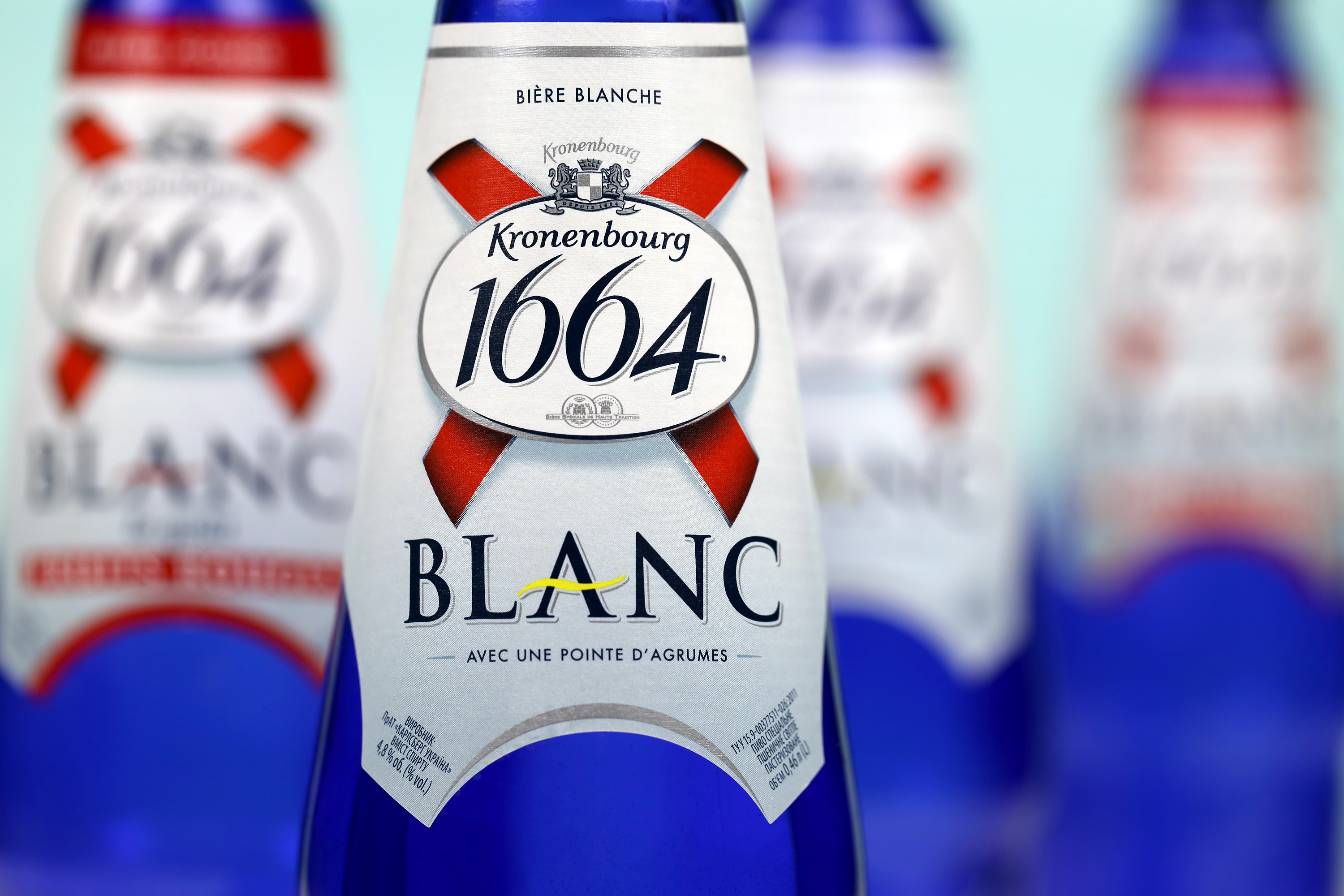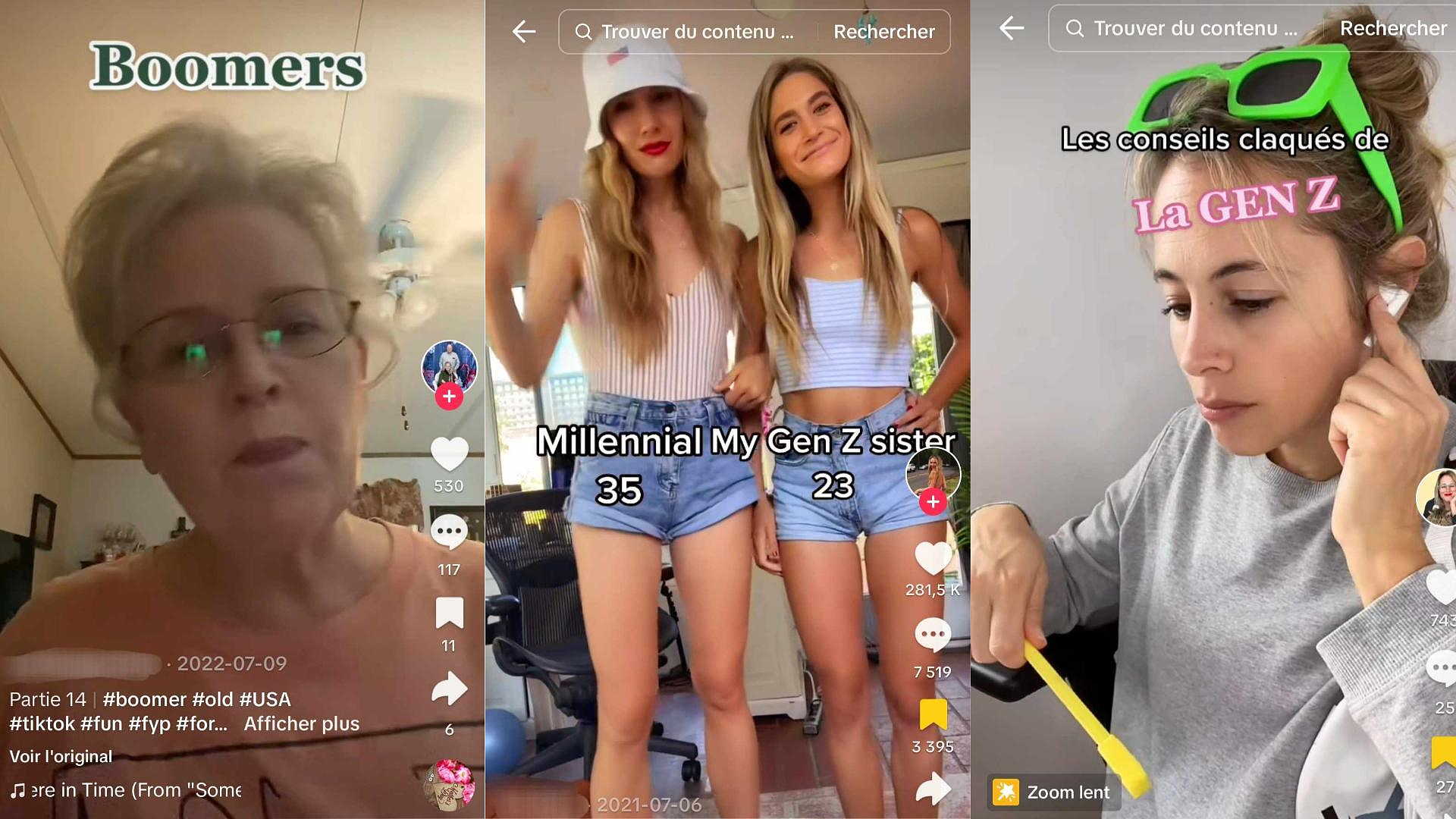Maryna Viazovska, a Ukrainian mathematician, was awarded the 2022 Fields Medal Tuesday. This is the equivalent to the Nobel Prize. Viazovska, a professor at Federal Polytechnic School of Lausanne, Switzerland, was awarded the 2022 Fields Medal for her solution to the problem of compressing spheres with as little space as possible. This is in 8 and 24 dimension.
Each four years, the award is presented at the International Congress of Mathematicians to scientists aged under 40. Viazovska is second among 60 women to have received one of the 60 medals since 1936. Viazovska is the second woman to receive one of the 60 medals since 1936. The first was Maryam Mirzakhan from Iran, who died in 2017 from cancer. She won it in 2014. Viazovska's name was in circulation in the 2018 Fields Medal edition, and it was disregarded in large part because of this disappointment. The scientific community.
The recognition this year is even more significant due to Russia's expulsion from the congress and the transfer from Saint Petersburg (Russia), to Helsinki (Finland) as a retaliation for the invasion of Ukraine in the army of Vladimir Putin. Viazovska was also honored, along with the British James Maynard and the French Hugo Duminil Copin, as well as the American June Huh.
This problem was only solved in two and three dimensions prior to the discovery of E8 (8 dimensions) in 2016. The best way to pack spheres, such as CDs or coins in two dimensions, is to use a hexagonal shape. Six coins are placed in the center and six around the coin to form a hexagon. While the simplest way to pack spheres three dimensions is to stack them in a pyramid. This is what greengrocers do with oranges on the market. Thomas Hales' 1998 demonstration was valid, but it wasn't considered valid until 2005 because it didn't make use of computers. Although it may seem obvious now, it was a problem for scientists for many years.
These problems can be solved in any dimension, from crystallography to big-data. There are many applications. It is very advanced math. These are important problems in many areas of knowledge," Clara Grima, professor of Mathematics in the Higher Technical School of Computer Engineering of Seville, and researcher of Computational Geometry using statements collected by Science Media Center Spain.
Grima focuses on the "tremendous complexity" of these problems and the "brilliant and spectacular way in which Viazovska solved them, first in dimension 8 and then together in dimension 24. Grima says, "I am happy they awarded it to Maryna because it is possible that she is one of the most brilliant mathematics minds that we have today in the 21st Century, and she's very young, she was conceived in 1984, so she has much to contribute and I hope the media will collaborate with her --and hopefully the media to cooperate with it --, a great resource for girls and boys around the world."
Viazovska's techniques for calculating the density of the packing of spheres of dimensions 8 and 24 could be used to solve the problem in other dimensions, or advance our knowledge in many other areas of science," Marta Macho Stadler, professor at the Department of Mathematics of the University of the Basque Country.

 New York: at Columbia University, the anti-Semitic drift of pro-Palestinian demonstrations
New York: at Columbia University, the anti-Semitic drift of pro-Palestinian demonstrations What is Akila, the mission in which the Charles de Gaulle is participating under NATO command?
What is Akila, the mission in which the Charles de Gaulle is participating under NATO command? Lawyer, banker, teacher: who are the 12 members of the jury in Donald Trump's trial?
Lawyer, banker, teacher: who are the 12 members of the jury in Donald Trump's trial? After 13 years of mission and seven successive leaders, the UN at an impasse in Libya
After 13 years of mission and seven successive leaders, the UN at an impasse in Libya What High Blood Pressure Does to Your Body (And Why It Should Be Treated)
What High Blood Pressure Does to Your Body (And Why It Should Be Treated) Vaccination in France has progressed in 2023, rejoices Public Health France
Vaccination in France has progressed in 2023, rejoices Public Health France Food additives suspected of promoting cardiovascular diseases
Food additives suspected of promoting cardiovascular diseases “Even morphine doesn’t work”: Léane, 17, victim of the adverse effects of an antibiotic
“Even morphine doesn’t work”: Léane, 17, victim of the adverse effects of an antibiotic Unemployment insurance: tightening of the rules on July 1
Unemployment insurance: tightening of the rules on July 1 Cancers, chronic diseases... Billions of workers hit by climate change, warns the UN
Cancers, chronic diseases... Billions of workers hit by climate change, warns the UN Closure of the A13 extended until at least mid-week
Closure of the A13 extended until at least mid-week Closure of the A13: Pécresse “asks the State to take charge of making the A14 free”
Closure of the A13: Pécresse “asks the State to take charge of making the A14 free” The series adaptation of One Hundred Years of Solitude promises to be faithful to the novel by Gabriel Garcia Marquez
The series adaptation of One Hundred Years of Solitude promises to be faithful to the novel by Gabriel Garcia Marquez Racism in France: comedian Ahmed Sylla apologizes for “having minimized this problem”
Racism in France: comedian Ahmed Sylla apologizes for “having minimized this problem” Mohammad Rasoulof and Michel Hazanavicius in competition at the Cannes Film Festival
Mohammad Rasoulof and Michel Hazanavicius in competition at the Cannes Film Festival UK lends Ghana treasures stolen during colonization
UK lends Ghana treasures stolen during colonization Skoda Kodiaq 2024: a 'beast' plug-in hybrid SUV
Skoda Kodiaq 2024: a 'beast' plug-in hybrid SUV Tesla launches a new Model Y with 600 km of autonomy at a "more accessible price"
Tesla launches a new Model Y with 600 km of autonomy at a "more accessible price" The 10 best-selling cars in March 2024 in Spain: sales fall due to Easter
The 10 best-selling cars in March 2024 in Spain: sales fall due to Easter A private jet company buys more than 100 flying cars
A private jet company buys more than 100 flying cars This is how housing prices have changed in Spain in the last decade
This is how housing prices have changed in Spain in the last decade The home mortgage firm drops 10% in January and interest soars to 3.46%
The home mortgage firm drops 10% in January and interest soars to 3.46% The jewel of the Rocío de Nagüeles urbanization: a dream villa in Marbella
The jewel of the Rocío de Nagüeles urbanization: a dream villa in Marbella Rental prices grow by 7.3% in February: where does it go up and where does it go down?
Rental prices grow by 7.3% in February: where does it go up and where does it go down? Europeans: “All those who claim that we don’t need Europe are liars”, criticizes Bayrou
Europeans: “All those who claim that we don’t need Europe are liars”, criticizes Bayrou With the promise of a “real burst of authority”, Gabriel Attal provokes the ire of the opposition
With the promise of a “real burst of authority”, Gabriel Attal provokes the ire of the opposition Europeans: the schedule of debates to follow between now and June 9
Europeans: the schedule of debates to follow between now and June 9 Europeans: “In France, there is a left and there is a right,” assures Bellamy
Europeans: “In France, there is a left and there is a right,” assures Bellamy These French cities that will boycott the World Cup in Qatar
These French cities that will boycott the World Cup in Qatar Basketball (F): big winner of Asvel, Basket Landes will face Tarbes in the semi-final of the League
Basketball (F): big winner of Asvel, Basket Landes will face Tarbes in the semi-final of the League Football: Yazici (Lille) “in shock” after an attempted theft at his home
Football: Yazici (Lille) “in shock” after an attempted theft at his home Serie A: victorious over AC Milan, Inter crowned Italian champions for the 20th time
Serie A: victorious over AC Milan, Inter crowned Italian champions for the 20th time Serie A: “Winning a title in a derby has never happened,” relishes Martinez after Inter’s coronation
Serie A: “Winning a title in a derby has never happened,” relishes Martinez after Inter’s coronation


















